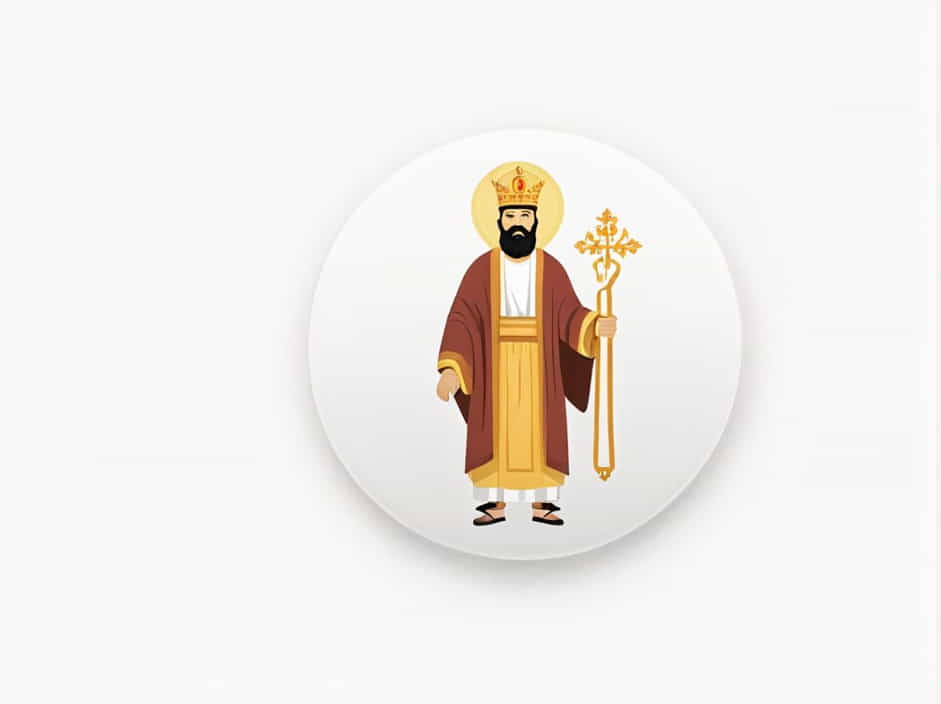Magog is a mysterious place mentioned in the Bible, often associated with prophecies of the end times. It appears in both the Old Testament and the New Testament, particularly in relation to Gog and Magog, which symbolize nations or peoples that rise against God’s kingdom.
Where exactly is Magog in the Bible? What does it represent? This topic explores the biblical references, historical interpretations, and prophetic significance of Magog.
Magog in the Old Testament
1. The First Mention of Magog (Genesis 10:2-3)
The first mention of Magog appears in Genesis 10:2-3, in what is known as the Table of Nations:
"The sons of Japheth: Gomer, Magog, Madai, Javan, Tubal, Meshech, and Tiras." (Genesis 10:2, NKJV)
In this passage, Magog is listed as a descendant of Japheth, one of Noah’s sons. The descendants of Japheth were believed to have spread across various regions, possibly into Europe and Asia.
2. The Prophecy of Gog and Magog (Ezekiel 38-39)
One of the most detailed biblical references to Magog appears in the prophecy of Ezekiel 38-39. These chapters describe a future war involving a great leader named Gog, who comes from the land of Magog, along with other nations:
"Son of man, set your face against Gog, of the land of Magog, the prince of Rosh, Meshech, and Tubal, and prophesy against him." (Ezekiel 38:2, NKJV)
This prophecy describes Gog, a powerful ruler, leading an invasion against Israel in the last days. The attack will be massive, but God Himself will intervene, destroying Gog and his army with natural disasters and divine judgment.
3. The Nations Allied with Magog
In Ezekiel 38:5-6, several nations are mentioned alongside Magog, including:
-
Persia (modern Iran)
-
Cush (Ethiopia/Sudan)
-
Put (Libya/North Africa)
-
Gomer (possibly parts of Europe or Turkey)
-
Beth Togarmah (likely Armenia or Turkey)
These nations form an alliance against Israel, making Magog a central figure in end-times prophecy.
Magog in the New Testament
1. Gog and Magog in Revelation (Revelation 20:7-8)
Magog is mentioned again in the New Testament, specifically in Revelation 20:7-8, where it is linked to an apocalyptic battle at the end of the Millennial Reign of Christ:
"Now when the thousand years have expired, Satan will be released from his prison and will go out to deceive the nations which are in the four corners of the earth, Gog and Magog, to gather them together to battle, whose number is as the sand of the sea." (Revelation 20:7-8, NKJV)
This passage suggests that Gog and Magog represent nations that rebel against God at the end of history. Unlike Ezekiel’s prophecy, which focuses on a specific event, Revelation expands Gog and Magog to symbolize global rebellion.
Where Was Magog Located?
1. Ancient Identifications of Magog
Historians and biblical scholars have debated the exact location of Magog. Several theories suggest that Magog could be associated with:
-
Scythians – A nomadic people who lived in regions around modern-day Russia, Ukraine, and Kazakhstan.
-
Asia Minor and the Caucasus – Some believe Magog refers to tribes from Turkey, Armenia, or Georgia.
-
The Northern Territories – Ezekiel 38:15 describes Gog and Magog coming from the north, suggesting a location in Russia or Central Asia.
2. Magog in Extra-Biblical Sources
Ancient writers like Josephus, a first-century Jewish historian, identified Magog with the Scythians, a fierce group of warriors from the Eurasian steppe. Other historical sources connect Magog to regions in Turkey, Iran, and even parts of Europe.
The Symbolic Meaning of Magog
While Magog is often seen as a literal geographical region, it also carries symbolic meaning:
-
A Representation of God’s Enemies – Magog, along with Gog, symbolizes nations that rise against God.
-
End-Times Prophecy – Both Ezekiel and Revelation use Magog in visions of the final battle.
-
God’s Ultimate Victory – Despite Magog’s rebellion, God always prevails, demonstrating His power over history.
Is Magog a Real Place Today?
The exact modern location of Magog remains uncertain. Some scholars associate it with Russia, while others suggest it refers to Turkey, Iran, or Central Asia. Regardless of its exact location, Magog’s biblical significance remains relevant, especially in discussions about prophecy and the end times.
Magog is a key figure in biblical history and prophecy. It appears in Genesis as a descendant of Japheth, in Ezekiel as a nation that attacks Israel, and in Revelation as part of the final rebellion against God.
Whether Magog represents a specific place or a symbol of end-time enemies, one thing is clear: God is in control, and His ultimate victory is assured.
